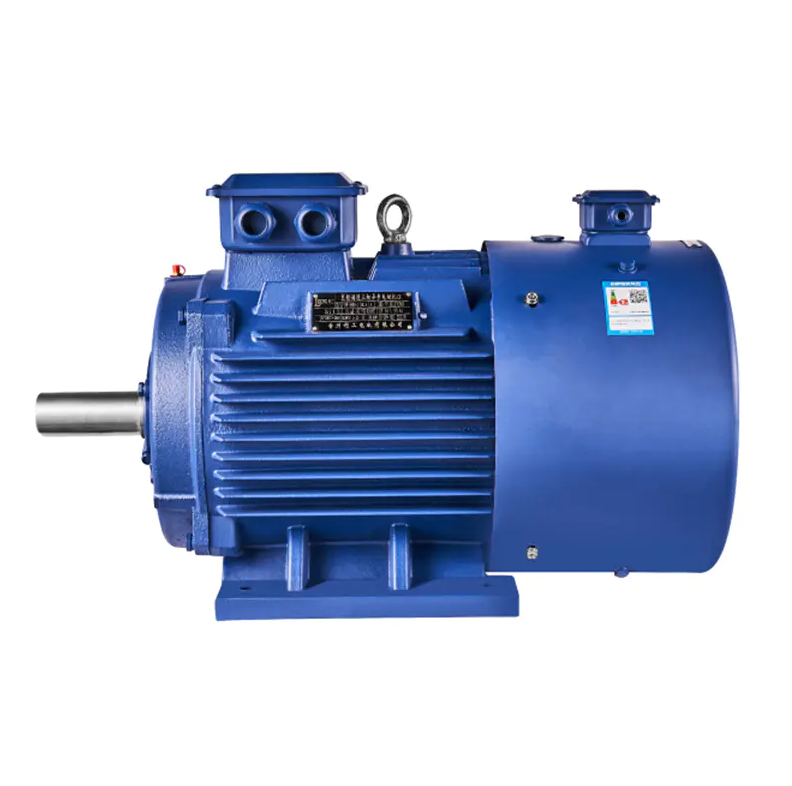From Single Phase Brake Motor to Three Phase Induction Insights

When selecting a motor system, it is important to consider not only upfront cost but long-term maintenance, reliability, and expected operational life. A Three Phase Asynchronous Motor, due to its simple induction design and widespread industrial use, tends to show strong performance in those domains. The induction motor’s brushless rotor/stator arrangement means fewer wearable parts, longer operating life, and lower maintenance in many cases.
A Single Phase Brake Motor, while highly functional for particular use-cases, adds mechanical complexity via the brake mechanism (spring, friction surfaces, coil) which may require periodic inspection, pad replacement, or alignment. Product literature emphasizes that while these motors provide load-holding and rapid stopping, their brake components are an additional maintenance item.
For the three-phase asynchronous motor, the benefits include simpler structure, widely available spare parts, mature manufacturing and long field history. According to published material, the asynchronous motor has a simple structure, is convenient in manufacturing, use and maintenance. On the flip side, for single-phase brake motors, the brake adds. So the user must factor in the maintenance of the brake, checking that the brake’s hold torque remains adequate, the coil functions, no mechanical wear is excessive.
Operational environment also matters: if the machine is in a dusty, high-temperature or continuously running environment, the robustness and continuous duty suitability of a three-phase asynchronous motor often provide an advantage. In contrast, a single phase brake motor may be more suitable in intermittent duty settings or when the cycle includes frequent stops, and the braking mechanism is a performance requirement.
In terms of lifecycle cost: because the three-phase asynchronous motor can handle high loads, high duty, and can be integrated with advanced controls (e.g., variable frequency drives) more easily, the long-term operating cost may be favourable. Meanwhile, the cost of adding a brake and maintaining it must be weighed for the single-phase brake motor scenario.
In essence, maintenance and life-cycle considerations lean toward three-phase asynchronous motors when duty is continuous and loads are heavy; the single-phase brake motor shines when the system demands integrated braking, simpler supply, and the load/duty fit those conditions.






